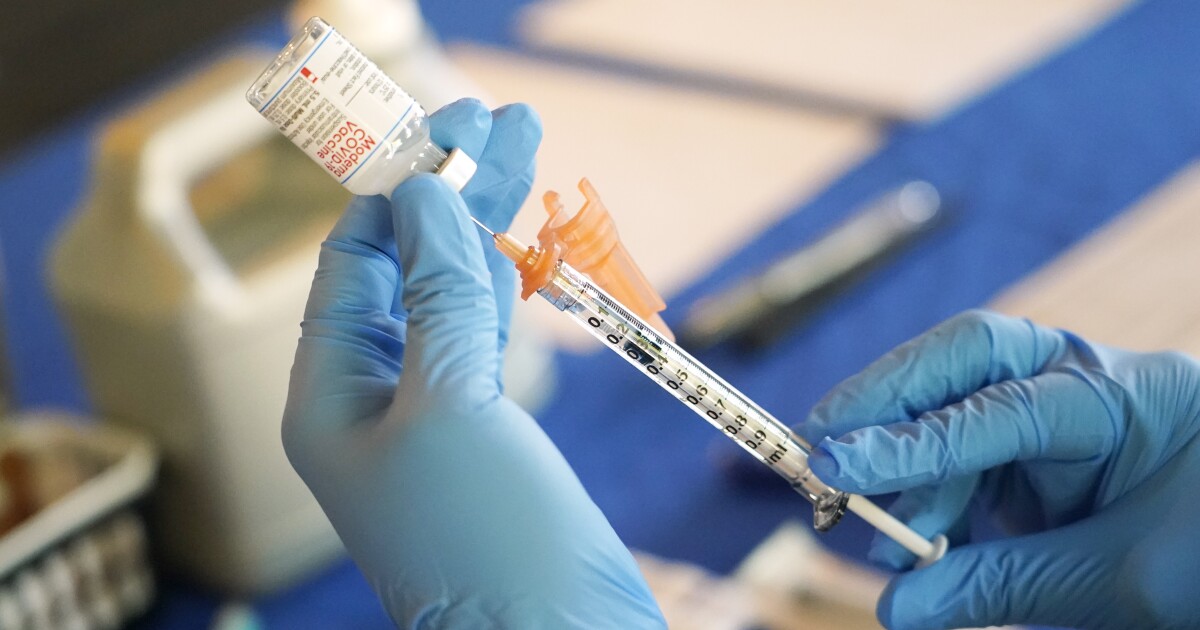

The Biden administration’s announcement that it will end the COVID-19 public health emergencies on May 11 will bring new costs as the development of vaccines, testing, and treatments will shift out of the direct hands of the federal government.
The conclusion of the emergencies as the country begins to treat the virus as an endemic threat will set into motion the transition of the COVID-19 response to the private sector, reinstating requirements for accessing public health insurance programs that had been relaxed or removed since the start of the pandemic.
DRUGMAKERS BRACE TO BE GRILLED BY BERNIE SANDERS-LED HELP COMMITTEE
Here’s what key changes the end of the COVID-19 emergencies will bring:
COVID-19 vaccines, testing, and treatments
People can expect to pay more for COVID-19 vaccines, tests, and treatments, which have been available through the government for free since the beginning of the pandemic.
COVID-19 vaccines are expected to remain free for uninsured adults after the public health emergency ends until the federally purchased vaccines run out. At that point, adults without health insurance will have to pay out-of-pocket for vaccines. Uninsured children will still be able to access COVID-19 vaccines for free through the Vaccines for Children program. The majority of people covered under a private or public health plan will continue to pay nothing out of pocket, as insurers are typically required to cover the cost of preventive care services under the Affordable Care Act, though there are exceptions.
Pfizer and Moderna have already said they are considering selling their COVID-19 vaccines in the range of $110 to $130 per dose once vaccines transition to the commercial market.
COVID-19 PCR and rapid tests will likely be covered for those under a health plan but may no longer be free. People covered by public health insurance, such as Medicaid, Medicare, or Children’s Health Insurance Program, can still expect to receive COVID-19 treatments for free, such as Paxlovid, while others will have to pay some or all the cost out of pocket once current federal supplies run out.
The Biden administration has said it will seek avenues to make sure COVID-19 vaccines and treatments for all remain affordable after the public health emergency ends.
“When the PHE ends access to free vaccines and treatments doesn’t go away and over time, as we transition this to the regular healthcare system we are going to make sure that COVID vaccines and treatments remain accessible and affordable for Americans,” tweeted Dr. Ashish Jha, the White House COVID-19 response coordinator.
While COVID-19 vaccines, tests, and treatments will transition to the private sector, the Food and Drug Administration will still be in charge of authorizing them.
Telemedicine
Some telehealth flexibilities that were granted under the public health emergency will draw to a close. It will end a practice that allowed people to be prescribed a controlled substance through telehealth without an in-person doctor’s visit unless the federal government takes steps to make the changes permanent.
Congress has already approved a two-year extension to enable Medicare to continue to reimburse for telehealth services, which was put in place through the emergency declaration and had grown popular throughout the pandemic.
Medicaid
Lawmakers had already reached a deal in the omnibus end-year spending bill prior to the administration’s announcement that will unwind a policy put in place through the emergency declaration that required that states offer continuous enrollment for Medicaid and the Children’s Health Insurance Program, public health insurance programs for low-income people, in order to receive additional federal funding.
CLICK HERE TO READ MORE FROM THE WASHINGTON EXAMINER
The practice has allowed millions of people who may have exceeded the income levels to qualify without a temporary or permanent lapse in coverage. Beginning in April, states will be allowed to begin removing ineligible people from Medicaid. Under the plan, children on Medicaid will receive continuous Medicaid eligibility for a year, likely reducing potential lapses in coverage due to not meeting the eligibility requirements.





